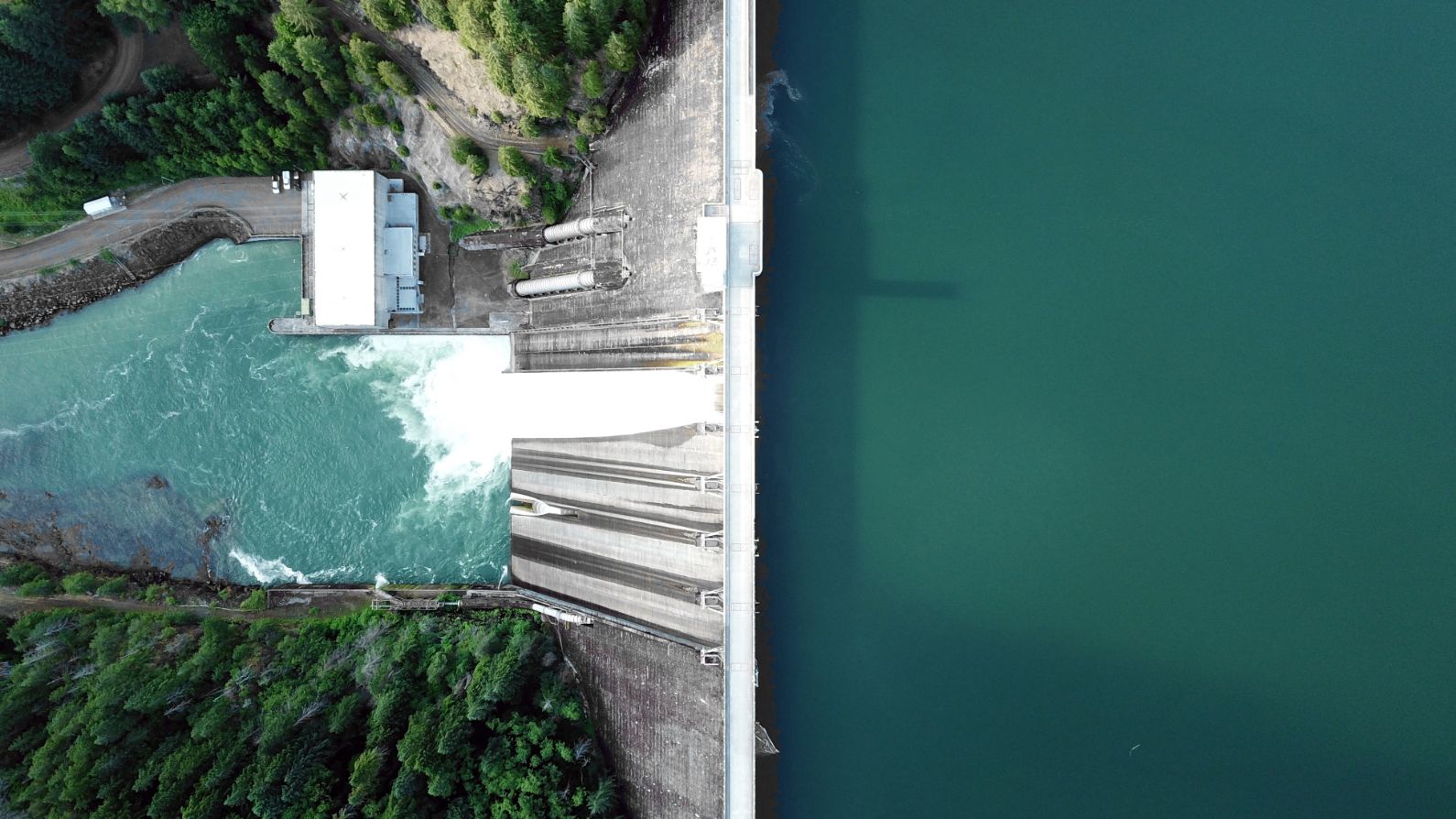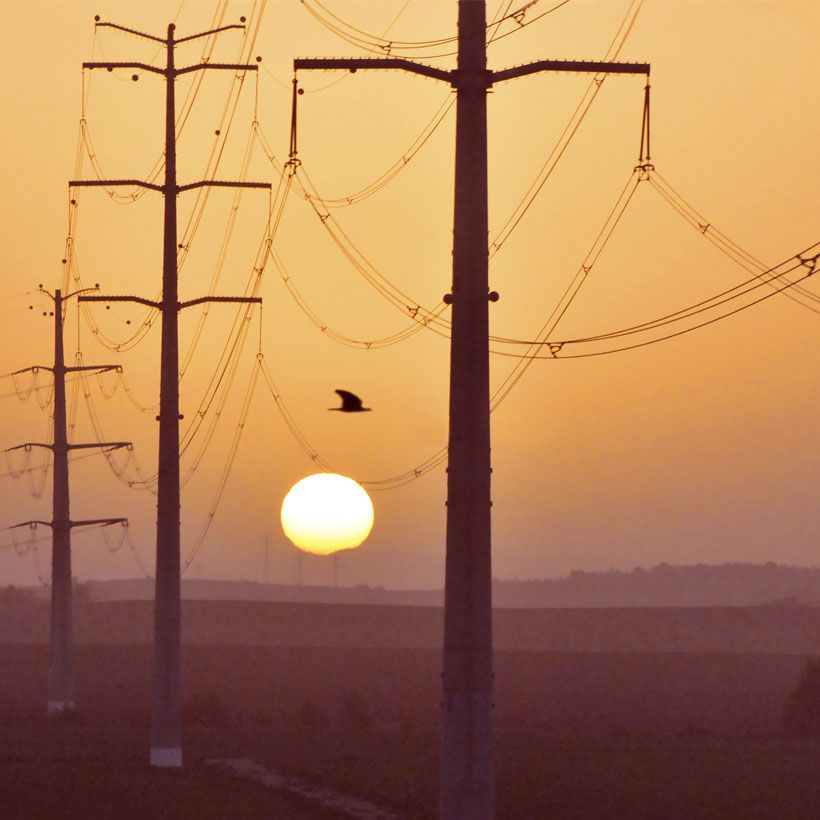- Markets
- Products
- Newsroom
- About Nexans
- Tools & Resources
- Search
- Contact us
- Compare
- Sign in
Nexans low carbon cable offer: improve carbon emission reduction
You have the power to reduce the greenhouse gas emissions!

of low carbon aluminium
minimum of CO2 emissions reductions for 630² MV cable
By adopting a holistic approach all along the value chain and throughout the cable life cycle, the Group has succeeded in reducing the greenhouse gas emissions, during the production phase, of its low- and medium-voltage cables by 15% to 35% depending on the products.

The manufacturing of one kilometer of energy network cable currently generates a volume of CO2 representing three to four times the average annual emissions per capita in Italy*. These emissions come mainly from the aluminium conductor, which alone accounts for between 70% and 90% of the total footprint, followed by plastics, transport and the manufacturing process.
*Source: International Energy Agency
In order to reduce the carbon footprint of its products by more than one-third, Nexans acts-on:
- The guaranteed use of 100% low carbon aluminium**, in line with the objectives of the Aluminium Forward 2030 coalition of which the Group is part, and which is aimed at speeding up the sector’s decarbonisation;
- The use of up to 40% recycled plastic in the insulation and/or sheathing;
- Targeted actions on the manufacturing process and transport;
- Increased selectivity in the choice of suppliers based on their environmental performance;
- Italian production at its plant in Battipaglia since 1968.
** The low carbon aluminium is produced, during the electrolysis phase, using decarbonised electricity.

To enable power distribution operators, installers and distributors to manage their carbon emissions, Nexans provides all the Environmental Performance Declaration (EPD) for its products as per ISO 14025 and EN 50693 standard methodology within the Program Operator PEP Ecopassport® member of ECO platform. On request, the Group also performs a carbon assessment per project or per period, allowing customers to aggregate the environmental data in their technical proposals.
What's next?
Circularity will become a key elements to secure resources and keep pushing decarbonization ahead
Our websites
Select your country to find our products and solutions
-
Africa
- Africa
- Ghana
- Ivory Coast
- Morocco
- North West Africa
- Americas
- Asia
- Europe
- Oceania
.jpg/jcr:content/shutterstock_1142528351.jpg)
